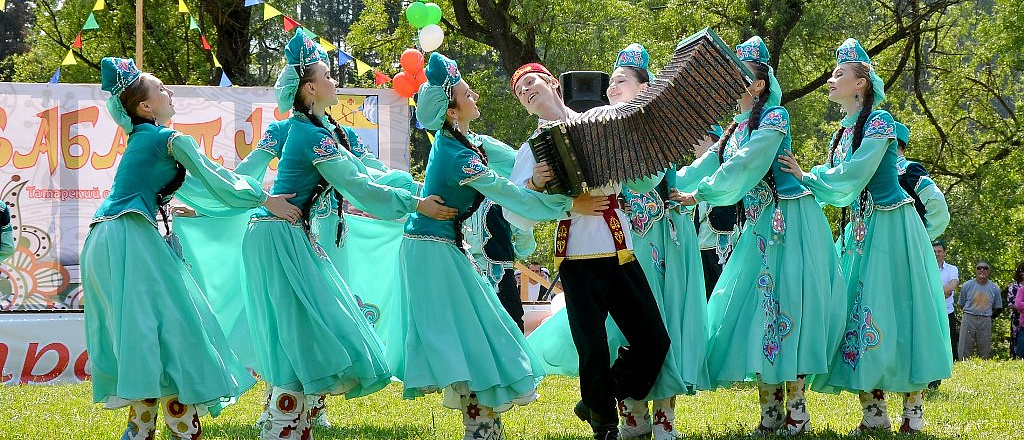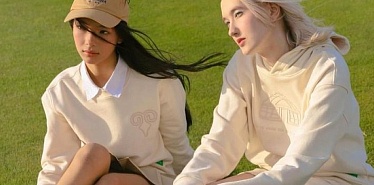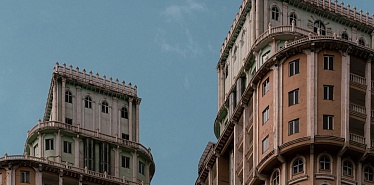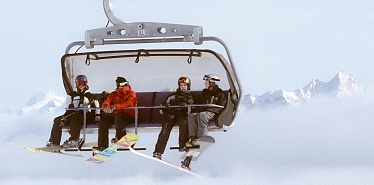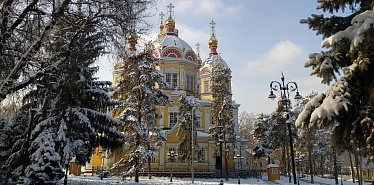1. Hospitality
Tatar people have long been famous for their hospitality, so modern Tatars also distinguish it as a tradition that has survived to the present day.
2. Special education for girls
In traditional Tatar families, girls still taught to run a household from early childhood, engaged in the cooking of national dishes and prepared for marriage.
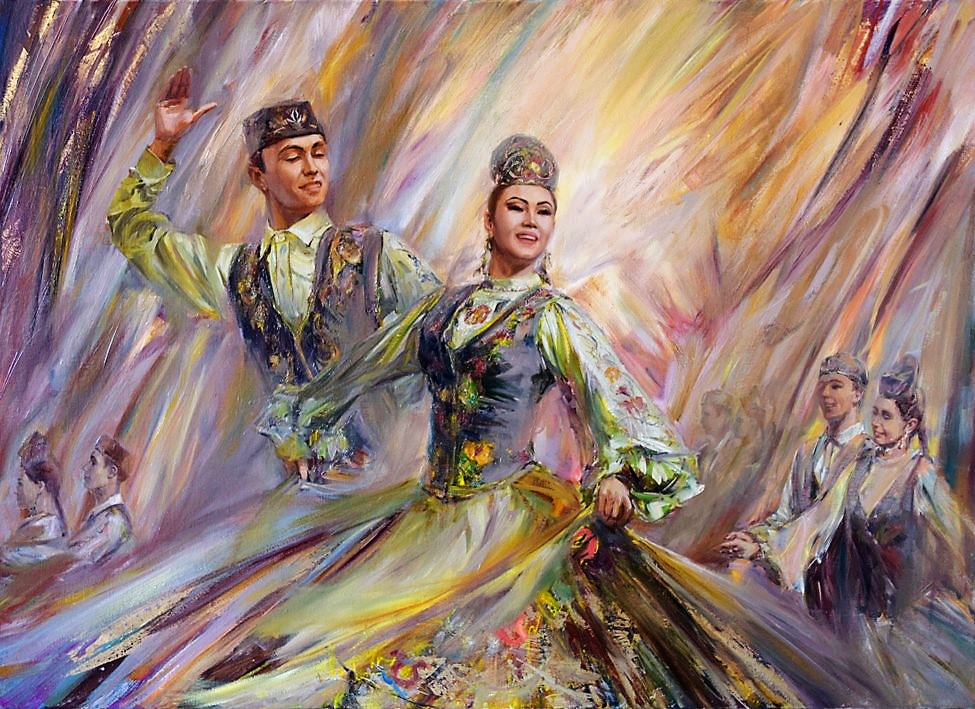
Photo source: Ildus Murtazin "Tatar dance" ok.ru
3. Sabantui
The annual plough holiday, the symbol of spring sowing end, remains an important tradition of the Tatars. It takes place in all villages and cities of the Republic of Tatarstan. On this day, all relatives gather, no matter how far they live. Children love and waiting for this holiday.
The culmination of the celebration — competitions, games or horse racing. Also, the mandatory dish is the porridge or Tartar "bucasi".
4. Nikah
Traditional Tatar wedding observes a Muslim ceremony Nikah, which is held at home or in a mosque in the presence of a Mullah. A festive table entirely consists of Tatar national dishes: bales, kurt, gubadiya, chuck-chuck, curt, katik, peremeci. The groom wears a skullcap, the bride, a long dress with closed sleeves, the headscarf is required.
However, nowadays the bride is not of the sculpts kiyau pelmeni. These are small dumplings for the groom and his family. According to tradition, after Nikah, the girl herself cooked small dumplings, the size of which showed how caring housewife she will be. Each dumpling had to go through the wedding ring.
5. Kelin tushu
After the wedding, when the bride first comes to the groom's house, the mother-in-law puts a pillow under her feet to make the bride as gentle and soft towards the new family and walk around the house gently, as if she walks on a pillow. Due to such ceremony mother of the house wants to keep peace and quiet inside. After the mother-in-law also gives the young daughter-in-law to eat a full spoon of honey, so the bride's speeches would be as sweet as honey.
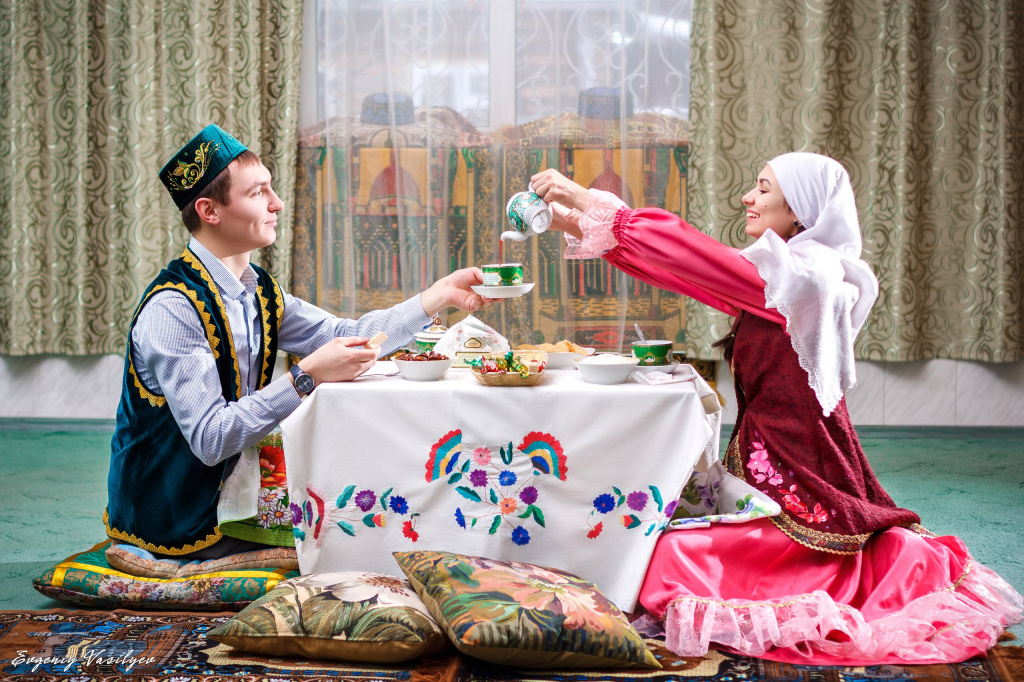
Photo source: nabiulinrinat.ru
6. Isem Kushu — Naming
The ceremony of naming a newborn is held with the invitation of the Mullah and honourable elders, relatives and neighbours. Guests can enjoy a table "ash" and traditional dishes of the Tatar people.
7. Kaz umase — Feast of goose feather
This tradition observed mainly in the villages. The holiday is held in autumn and winter when geese are slaughtered in the village. For plucking and cooking carcasses gather young boys and girls, they sing songs, have fun and get acquainted with each other.
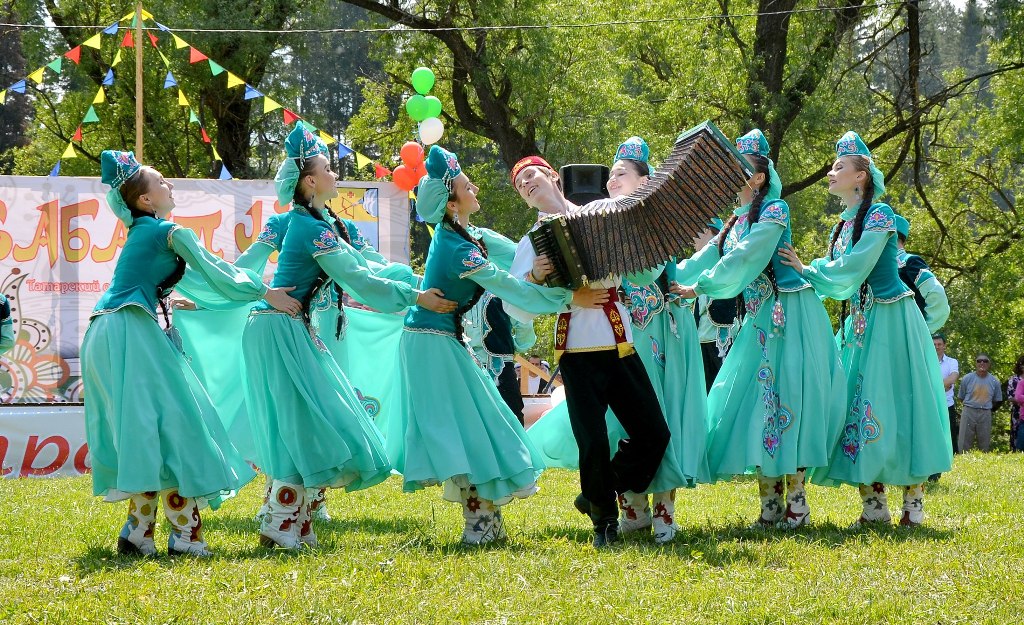
Photo source: cultura.adm-sarapul.ru
8. Karga botlasu — Porridge for rooks
Such a spring holiday was arranged after the end of crops. In the morning the children went to the neighbours and collected the ingredients for the porridge. Those who gave the ingredients cajoled with compliments and others promised disaster: crop failures, livestock deaths. Then the whole village cooked porridge in a large cauldron in the open air, giving it to all the villagers. Part of the porridge had to be left for the rooks, as the rook is a symbol of spring. Conducting this ritual, people hope for a good harvest.
We thank for the help in creating the article Ayrat Garipova, Aysylu Nasybullina and Ravil Iskander.








